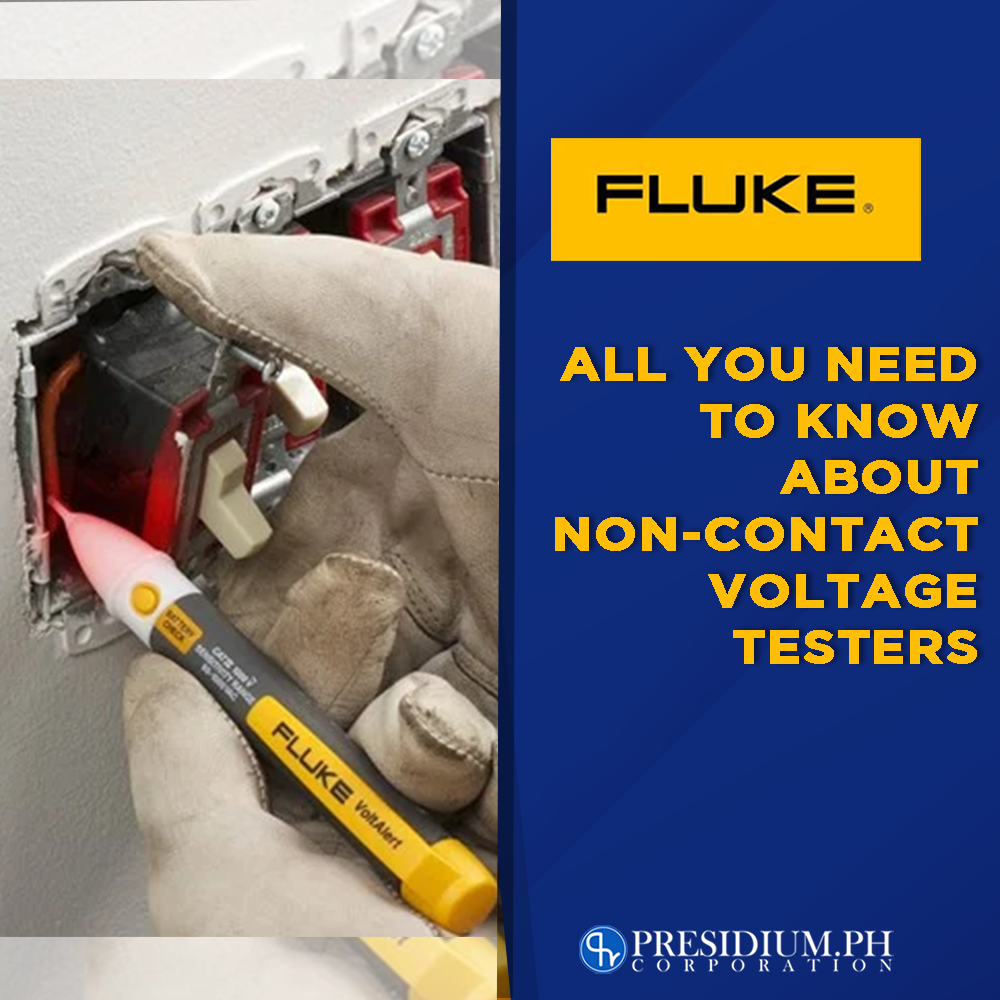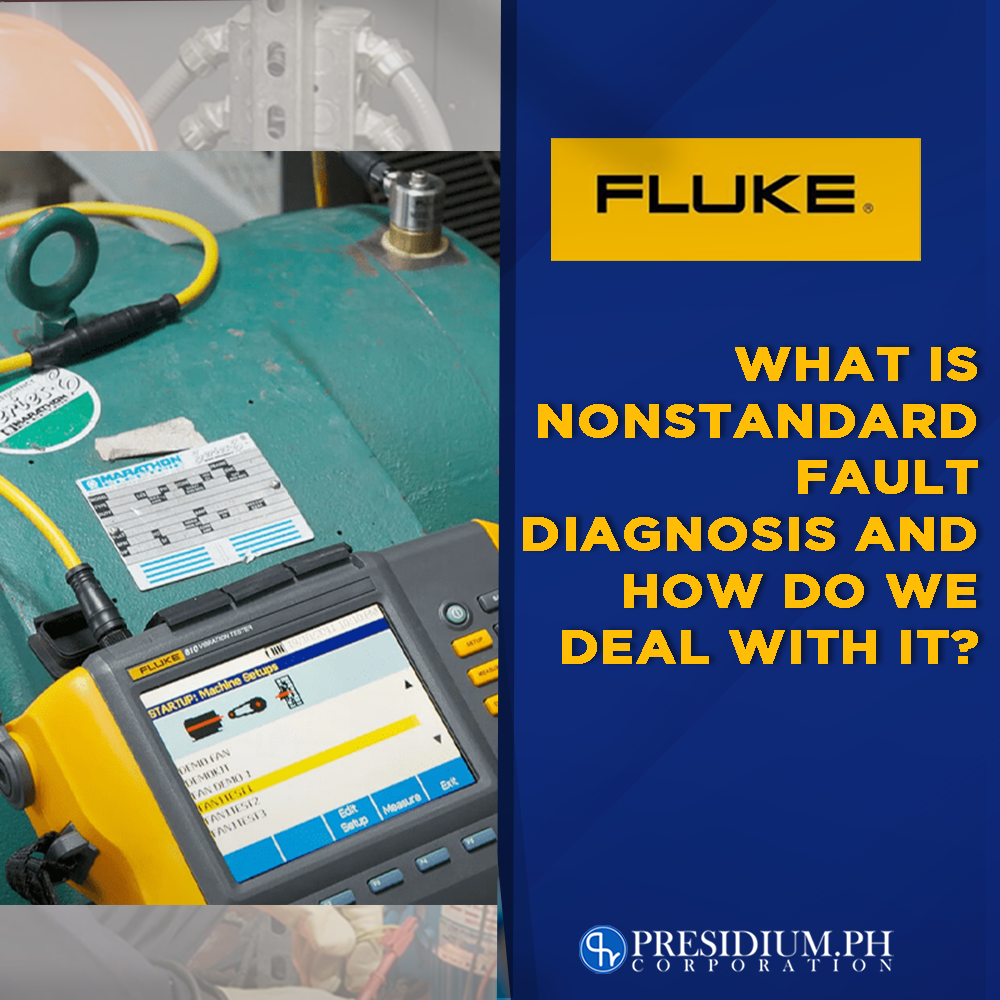Why is Calibration Important?
Often, we hear calibration mentioned when we search for Fluke tools online. But do we really know what it truly means? Calibration is one of the most important steps to knowing if your device is measuring up to its full potential, and that is why it is important. Given that there are different devices, calibration also comes in different forms relating to the tool that needs to be calibrated.
What is Calibration?
A value of a tool is everything. Calibration is the process of comparing a device under test of an unknown value. Only this time there will be a reference standard of a known value. With this process, a thorough reading can be done with the tool being used. By performing calibration to tools, errors can be determined, faults can be found, limitations can be evaluated, etc.
Take thermometers as an example. It is a given fact that thermometers measure temperatures, right? You can conduct a calibration test on thermometers by putting them in water with a boiling point of 212 degrees Fahrenheit. By doing so, you will be able to learn the errors that the thermometer holds. Remember, visual facts hold less than actual testing. And by placing calibrated reference thermometer under a series of tests, you will be able to find out its precise value. One of them is putting the device under test, which is the thermometer into the water, yes that is one way to do it.
But do not be mistaken, calibration is not an act of corrective adjustment. Corrective adjustment is completely different from calibration which also requires the use of different methods. Nevertheless, calibration is a process that leads you to the step of corrective adjustment only if it applies to the device.
Why is it important?
Calibration tools are relied upon by many professional engineers, technicians, metrologists, and more. This is because calibration can help them gain more confidence regarding the tool’s safety and reliability. It is not just tools that are calibrated but a lot of things such as flights, medications, nuclear facilities, computers, appliances, cell services, and many more. These industries also go through the process of calibration to not only ensure safety and reliability but also for quality and cost.
Calibration is a way to make sure that all tools are working in their optimum condition. Moreover, it is also a way to prevent failures when in use or while in production.
But that is not all, what makes this all the more impressive is its enablement to open doors to opportunities. Calibration takes steps (considering that it is continuously developing) to improve scientific discovery and industrial manufacturing.
The Chief Corporate Metrologist of Fluke Corporation
Jeff Musk actually has some very important insights regarding the importance of Fluke calibration. According to the chief, he said, “If you are performing measurement where the results will make a critical decision such as a safety test or if a manufactured product meets requirements, you must have your equipment calibrated so that the performance is known and fit for purpose. This is especially important if you want your results to correlate with others around the world.”
Another fact of why calibration is important is because all things wear down, especially with electronics. Overall, expect that your device will not look, feel, and perform as it once was when it was brand new. Expect that there will be lapses in time. But by doing the annual calibration, you will be able to make sure that it operates properly based on its product specifications.
Different kinds of calibration.
There are various kinds of Fluke tools in the market, each boasting special functions, and applications in different electrical or mechanical work. With this said, it is ideal to have not one but multiple calibration tools to make sure each device works properly and perfectly in different projects or operations. Fluke has six different calibration tools that you need to know about. Here are some of them…
- Electrical
- RF
- Temperature
- Humidity
- Pressure
- Flow
Calibrate through an authentic source!
Presidium PH is an authorized distributor of Fluke test tools in the Philippines. Rest assured that all tools have gone through proper tests to prevent faults from penetrating your projects that might cause bad downtimes by using the best test tools there are!
If you want to know more about Fluke tools and their functions, visit our website for more info! This is a one-stop shop for the best test tools within Metro Manila.
You could reach us at info@presidium.ph / calservices@presidium.ph for inquiries.



